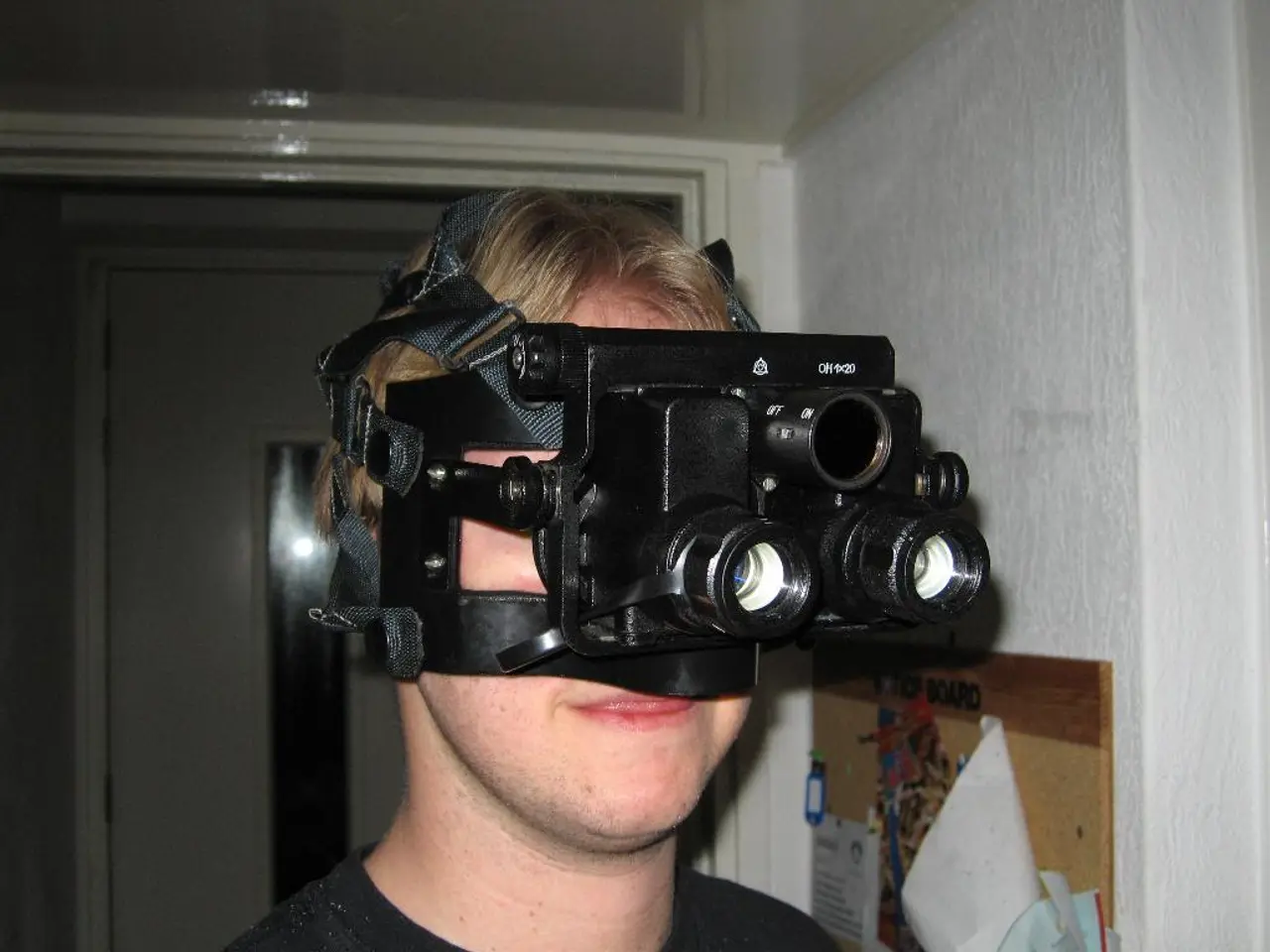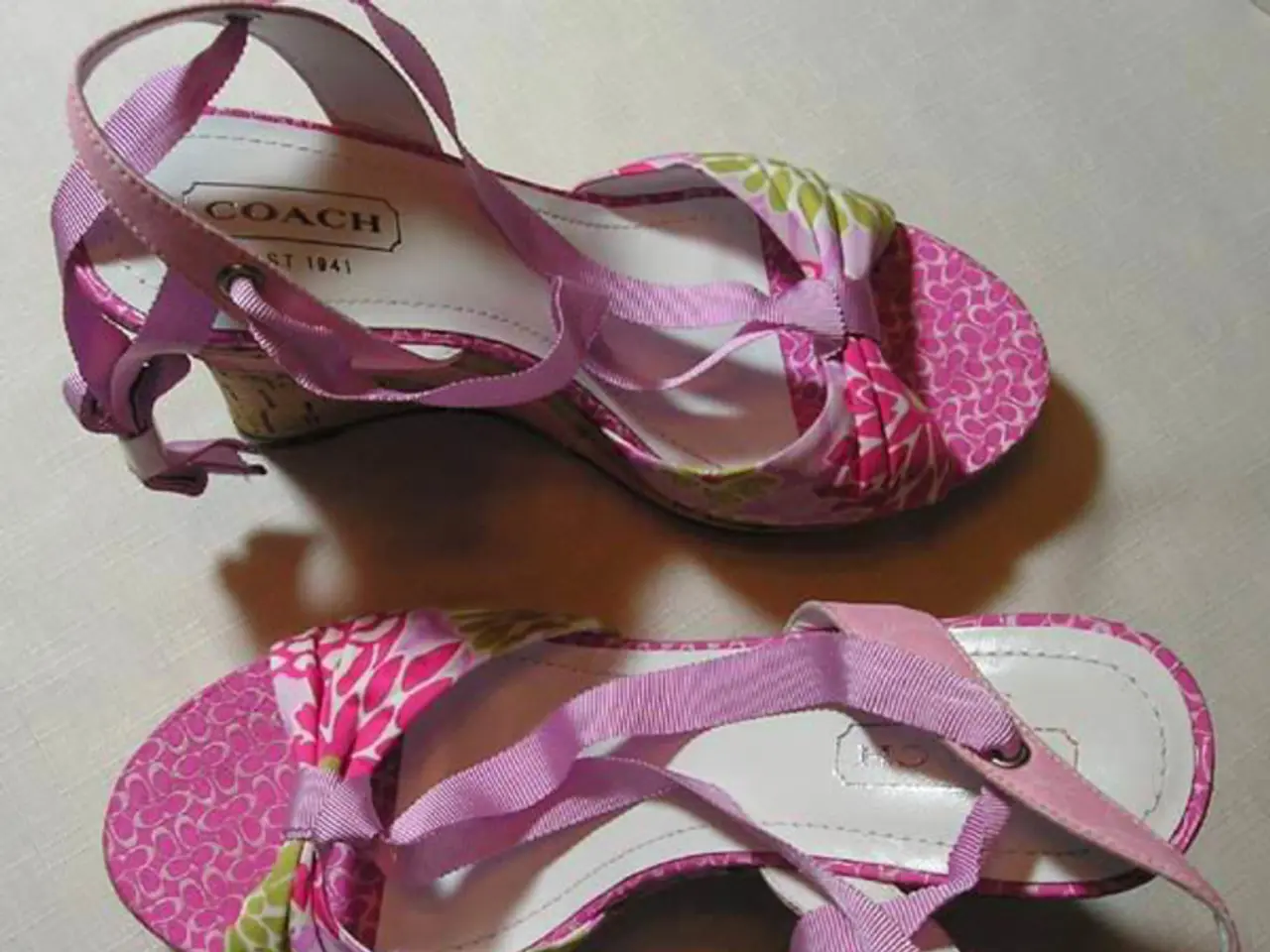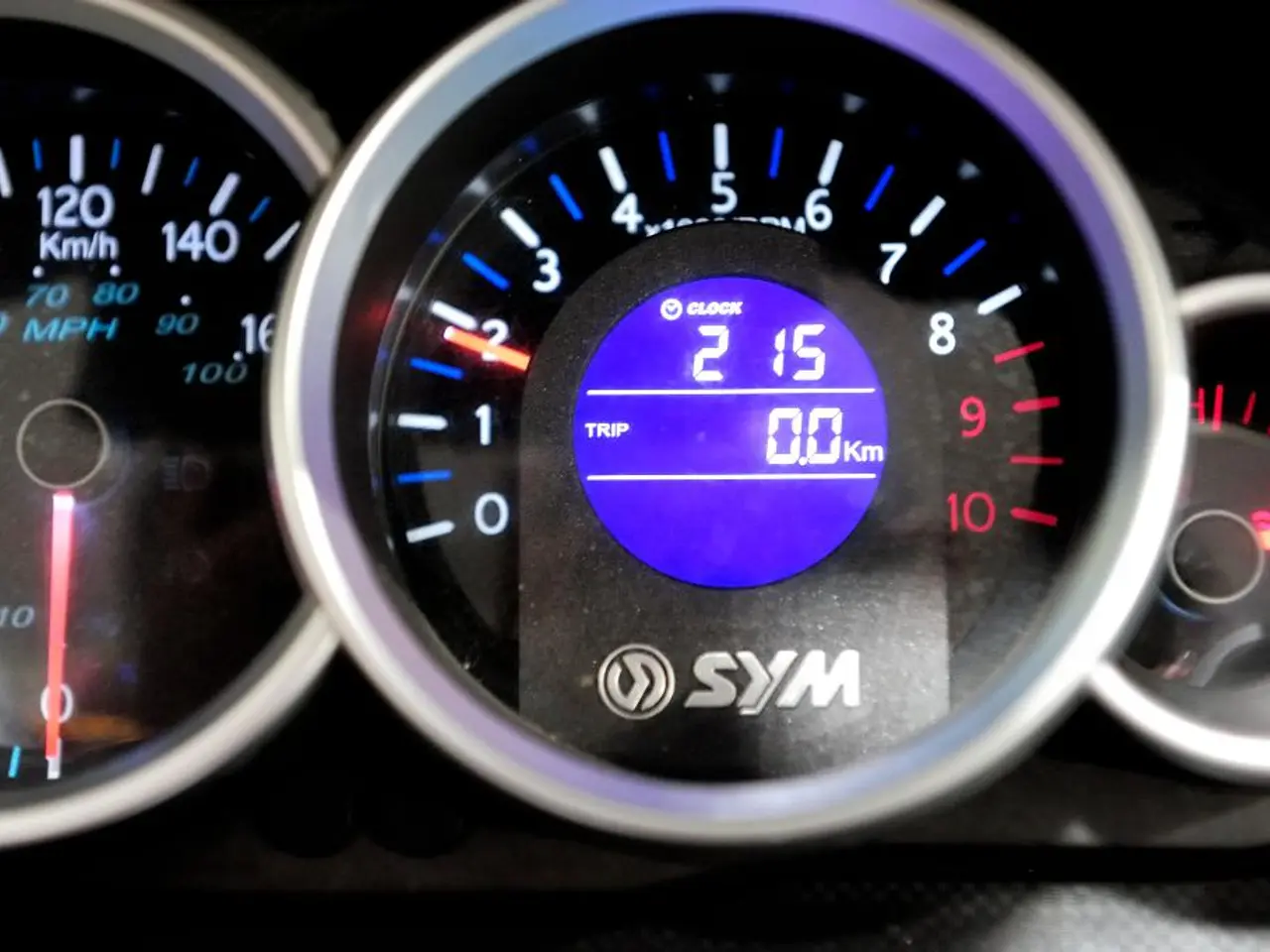Futuristic Food Procuring Via Virtual Reality: A new method for grocery shopping using advanced technology
Revolutionizing Grocery Shopping: The Rise of Virtual Reality
In the ever-evolving world of retail, virtual reality (VR) is making waves in the grocery sector. This innovative technology is transforming the way consumers shop for groceries, offering a unique and engaging experience that combines convenience and personalization.
One of the most promising applications of VR is virtual product testing. Customers can now try products in a simulated environment, providing a more interactive and immersive shopping experience. This is particularly evident in the emerging technology of virtual reality grocery shopping, which aims to revolutionize the way we shop for groceries.
Unity, a popular software platform, is one of the key tools used in developing VR shopping applications. The platform allows retailers to create immersive 3D environments that users can navigate and interact with.
VR grocery shopping provides a level of personalization and interactivity by using data analytics and machine learning. This technology tailors the shopping experience to each individual user, suggesting products based on their previous purchases or dietary preferences.
Augmented reality (AR) technology can be integrated with VR shopping to further enhance the user experience. By superimposing virtual objects on the real world, shoppers can explore products in a more interactive and engaging way.
Remote shopping experiences enabled by VR technology offer customers the convenience of shopping from anywhere. Virtual store walkthroughs allow customers to navigate a digital twin of the grocery store from home, providing a seamless and intuitive shopping experience.
For retailers, VR technology offers several benefits. It provides valuable data and insights into consumer behavior and preferences, enabling more effective marketing and product development strategies. Additionally, VR can be used for training employees, simulating various customer service scenarios, cashier operations, or emergency situations without any risk.
While VR is predominantly used for store back-end design and planning in groceries, AR and AI-driven technologies are more widely adopted for enhancing customer-facing experiences. AI-powered personalization predicts consumer preferences and curates hyper-targeted product recommendations, while instant delivery services enabled by AI and robotics offer ultra-fast grocery deliveries.
The most popular VR headsets on the market include Oculus Quest, HTC Vive, and PlayStation VR. However, Amazon's "Prime VR" is one of the most popular VR shopping platforms.
As we look towards the future, the integration of VR technology in grocery shopping is expected to grow. By 2025 and beyond, we can expect more engaging, personalized, and convenient shopping experiences for users, as well as a more immersive shopping experience for consumers and valuable insights into consumer behavior for retailers.
- The blending of various technologies such as virtual reality, augmented reality, and artificial intelligence can greatly enhance the shopping experience in the retail industry, particularly in sectors like finance, lifestyle, and gadgets.
- In the fashion retail industry, for instance, virtual reality can be used to simulate real-world dressing room experiences, while artificial intelligence can recommend outfits based on user preferences and past purchases.
- Furthermore, the finance sector could utilize virtual reality for educational purposes, allowing users to understand complex financial products through immersive simulations, thereby promoting financial literacy and responsible decision-making.




